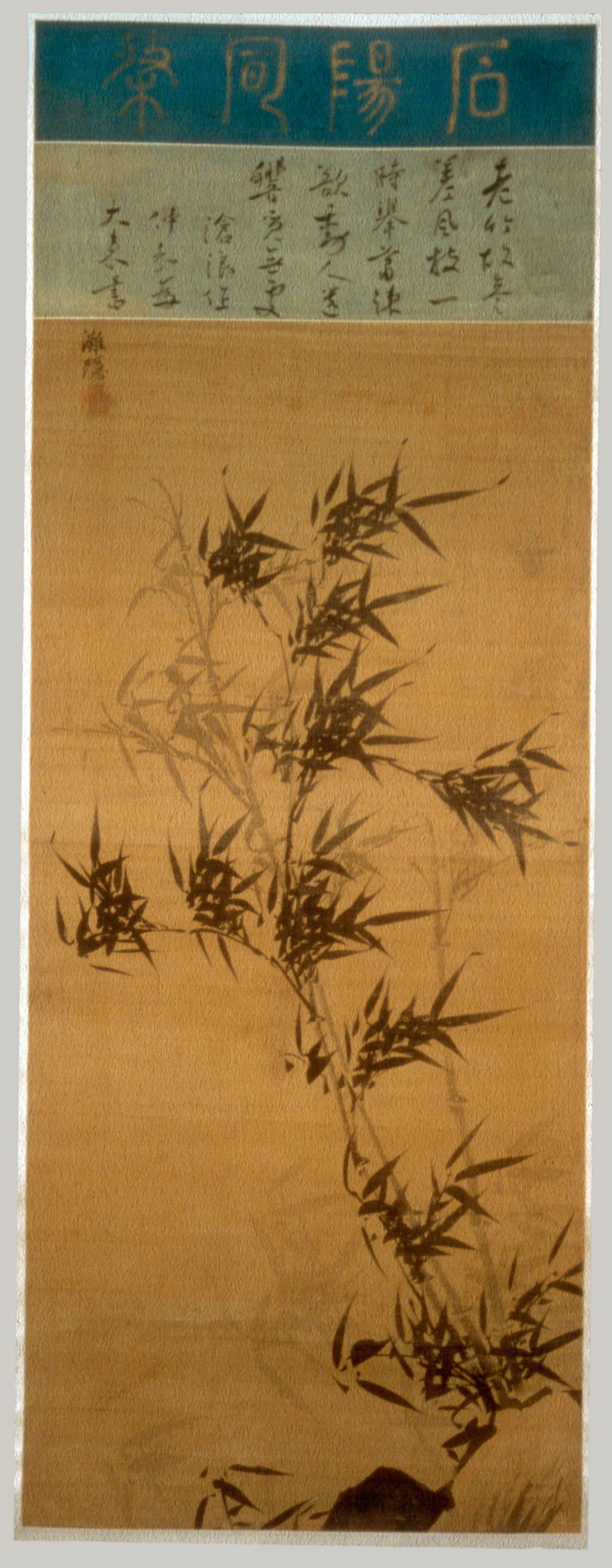 |
Ink Bamboo, Joseon dynasty (1392–1910)
|
I’ve been awarded a Fellowship by the Korea Society, and as part
of the preparation for the trip I have to do some reading and writing. I also watched some videos, mainly on Korean
art and Confucianism. So as reflection
on the learning, I thought it might help me to blog about it, in order to
clarify and summarize my thoughts on what I’ve learned.
The first piece I watched was a video on Choson (Joseon) art from the
Korea Society website. Dr. Kumja Paik
Kim, Curator Emerita of Korean Art at the Asian Art Museum of San Francisco,
spoke about Confucian influence on Choson dynasty art. Because I knew next to nothing about
Confucianism, I learned a great deal:
- There are 3 bonds
- Ruler/subject
- Father/son
- Husband/wife
- And 5 relationships ( Oryun)
- Morally right – ruler/subject
- Affection – father/son
- Distinction – husband/wife
- Order – elder/younger
- Trust – friend/friend
These are important foundations of Confucian
philosophy. The Choson painters
reflected these ideals in their paintings, using 4 plants and their symbolism:
- Plum blossoms – because they grow on seemingly dead branches while its still cold, they symbolize perseverance, courage, trust, and hope
- Orchids – grow in rocky places in the mountains, and represent modesty, refinement, and courage in the face of difficulties
- Chrysanthemum blossoms – symbolize a life of retirement from political intrigue, simple living
- Bamboo – because it is green throughout the winter, is stands for strength and courage – it bends but does not break, it is constant and tolerant
Munja-do is the
painting of 8 characters on 8 panel screens to represent
- Filial piety
- Brotherly love
- Loyalty
- Trust
- Propriety
- Righteousness/justice
- Modesty/integrity
- Sensitivity/or feeling shame
Other facts about the art: there is no use of "Western" perspective to show depth of field in paintings until the 1700s; the king was never depicted, but rather represented by his throne and screen. The screen is behind his throne and has the sun, moon, and 5 mountain peaks.
The throne is in Gyeongbokgung Palace in Seoul, South Korea. I took this picture in 2009, and I am really excited to be returning this summer.
The throne is in Gyeongbokgung Palace in Seoul, South Korea. I took this picture in 2009, and I am really excited to be returning this summer.

You're off to a great blogging start on this Korean adventure :-)
ReplyDeleteread and took notes on silla and the silk road tonight, but too tired to write it up. tomorrow ;)
ReplyDelete